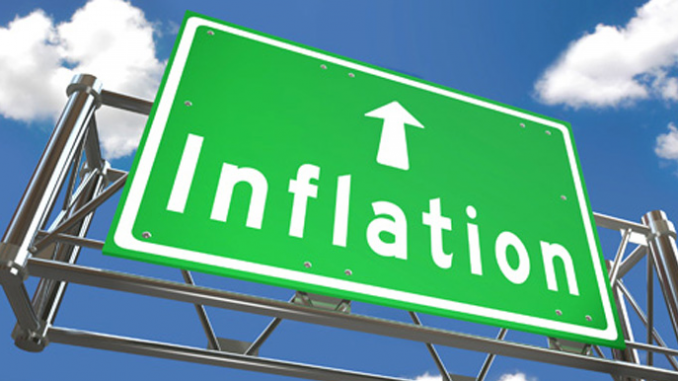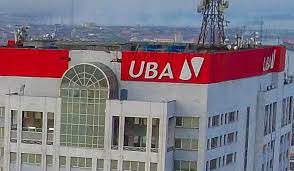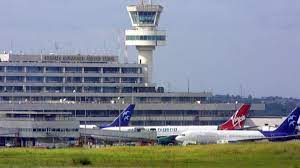
Despite a sustained decline in inflation, economic stakeholders have warned that the cost-of-living crisis remains severe, particularly for low- and middle-income households.
According to the National Bureau of Statistics (NBS), Nigeria’s headline inflation eased for the sixth consecutive month, falling to 18.02 per cent in September 2025 from 20.12 per cent in August, driven largely by a moderation in food prices.
The report marks a continuation of the disinflation trend that began in April 2025, suggesting that price pressures are gradually cooling across key sectors.
However, while welcoming the improvement, experts cautioned that the relief has yet to translate into meaningful improvement in household welfare or purchasing power.
The Centre for the Promotion of Private Enterprise (CPPE) described the trend as “encouraging but insufficient,” urging policymakers to prioritise welfare-oriented and cost-reduction measures that can deliver tangible benefits to Nigerians.
Dr. Muda Yusuf, Chief Executive Officer of CPPE, said that sustained consistency in macroeconomic management, policy coordination, and structural reforms could help Nigeria achieve single-digit inflation over the medium term — a critical milestone for economic stability.
“Business confidence is rising, but consumer confidence remains fragile,” Yusuf said. “Policies that enhance productivity, stabilise prices, and reduce the structural cost of doing business will not only strengthen the disinflation trajectory but also foster inclusive and sustainable recovery.”
Similarly, Lukman Otunuga, Senior Research Analyst at FXTM, attributed the drop in inflation to softer food prices and the recent appreciation of the naira against major currencies. He noted that a sustained trend could bring much-needed relief to households burdened by high living costs.
Otunuga added that continued moderation in inflation might prompt the Central Bank of Nigeria (CBN) to cut interest rates at its November Monetary Policy Committee (MPC) meeting in a bid to stimulate economic growth.
According to the NBS report, urban inflation dropped to 17.50 per cent in September 2025, down sharply from 35.13 per cent in the same month of 2024. Rural inflation also declined to 18.26 per cent, compared with 30.49 per cent a year earlier.
On a month-on-month basis, rural inflation stood at 0.67 per cent, representing a decline from 1.38 per cent in August 2025, while the 12-month average for rural inflation fell to 22.08 per cent from 29.76 per cent in the previous year.
The food inflation rate, which has been the biggest driver of headline inflation, dropped significantly to 16.87 per cent year-on-year, down from 37.77 per cent in September 2024 — a reduction attributed to both lower food prices and a change in the base year for inflation computation.
Notably, prices of staple items such as yams, maize, garri, beans, millet, potatoes, onions, eggs, tomatoes, and fresh pepper recorded notable declines during the month.
On a month-on-month basis, food inflation fell by 1.57 per cent, indicating that average food prices continued to decrease in September compared to August.
Meanwhile, core inflation, which excludes volatile food and energy prices, slowed to 19.53 per cent year-on-year, down from 27.43 per cent in September 2024. On a monthly basis, it eased slightly to 1.42 per cent from 1.43 per cent in August.
While economists see the trend as a positive signal for macroeconomic stability, many warn that rising living costs, weak wage growth, and high transport expenses continue to erode household purchasing power — underscoring the urgent need for policy interventions that go beyond inflation control to directly address affordability and welfare.






